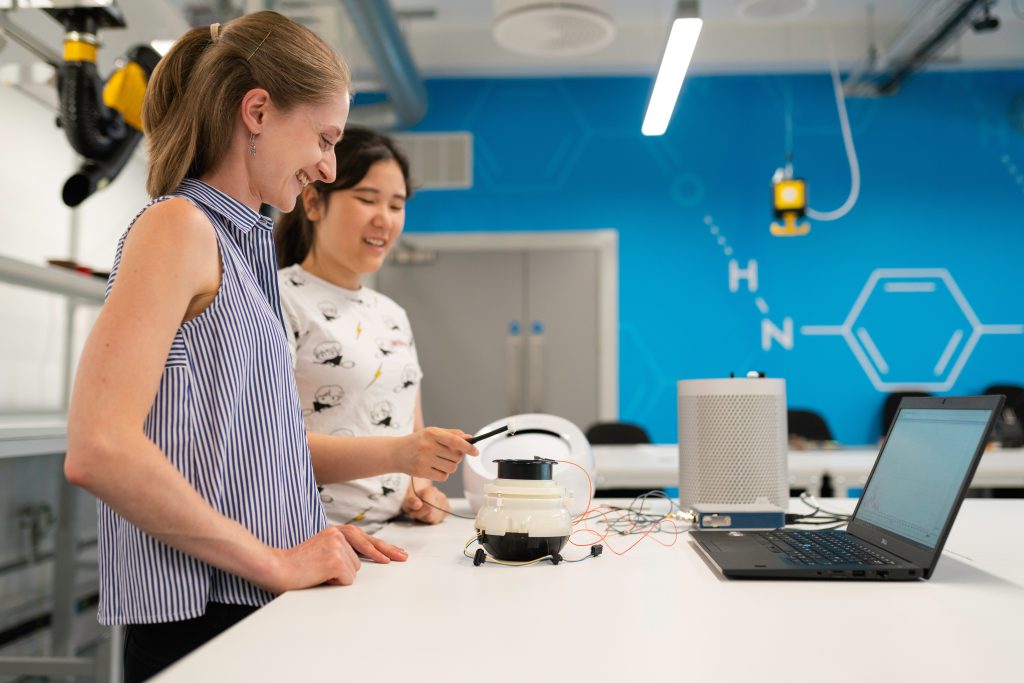August 8, 2023 – Last year, the highest amount of funding for Croatian research and development was allocated from the state budget.
But such a shift, as Poslovni writes, viewed in nominal terms, is overshadowed by the fact that economic growth has been recorded in recent years. This is why previously smaller figures had greater significance in the realized GDP. Eurostat data highlights this, according to which the state allocated 439.6 million euros from the budget for research and development. This is an increase in the nominal amount of 6.3 percent compared to the amount set aside for that purpose in 2021.
Weaker Results
This growth, compared to the growth of the nominal budget allocations of all EU member states, was even more significant because Eurostat’s indicators show that the governments of all 27 member states directed a total of 117.4 billion euros into research and development last year, which is an annual increase of 5.4%. However, regarding the share of allocated funds in GDP, Croatian research and development budget allocations in the last year made up only 0.66%.
The year before, this share was 0.71%, and in the past ten years, the share was only lower than last year’s in 2013, when it amounted to 0.60% of GDP. However, even with this criterion, Croatia is not classified as the weakest, although it is below the EU average. The average is at 0.74% of GDP, as 17 member states have smaller budget allocations for research and development in proportion to their economic strength.
Nominally, the most significant funds from the state budget are allocated by Germany (more than 43 billion euros), followed by France (18 billion) and Italy (12.6 billion). Among the member states, Germany is also in the lead considering the share of these allocations in GDP, with 1.11%.
Comparison with Neighbours
In Slovenia, which is close to Croatia in many ways, 314 million euros or 0.53% of GDP was allocated from the budget for research and development last year. If the number of inhabitants in a particular country is taken into consideration, the allocations for research and development at the EU level amounted to 262.7 euros per inhabitant, and at the top of the list is Luxembourg with 661.6 euros allocated, followed by Denmark (529 euros) and Germany ( 517.6 euros). Croatia is in the second half of the ranking with a result of 113.8 euros. Nine countries have weaker results – Lithuania, Portugal, Malta, Slovakia, Poland, Hungary, Latvia, Bulgaria, and Romania. In the latter, per inhabitant, these allocations amounted to only 17.6 euros last year, and in Bulgaria, 27.3 euros.
Regarding the ten-year trend, looking at the number of inhabitants, according to Eurostat data, all countries recorded increases in allocations from the budget for research and development, including Croatia. Before Croatia joined the EU, this allocation was 74.5 euros per inhabitant. The European average per inhabitant in 2012 was 178.5 euros.
Highest Investments in Education
The structure of budgetary investments is also interesting. It shows that the highest amount, 35.5%, goes to education, i.e., the university system, and 16.5% to the improvement of knowledge, while only slightly more than 10% is directed to industrial production and technology in EU countries. An increase in allocations for research and development activities in defense was also observed (increase from 2.6 to 4.2%), while in addition to eight percent allocations for health research, significant funds were directed to space research, almost six percent.
Most of the allocations for research and development come from the ranks of entrepreneurs, but these figures also signal the priorities and commitment of individual governments and countries. This should be observed in the context that those countries that more generously support research and development prosper faster and are more competitive and desirable, both for investment and for living.










